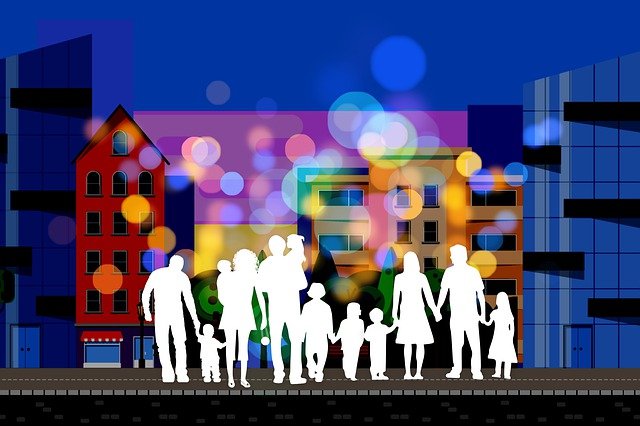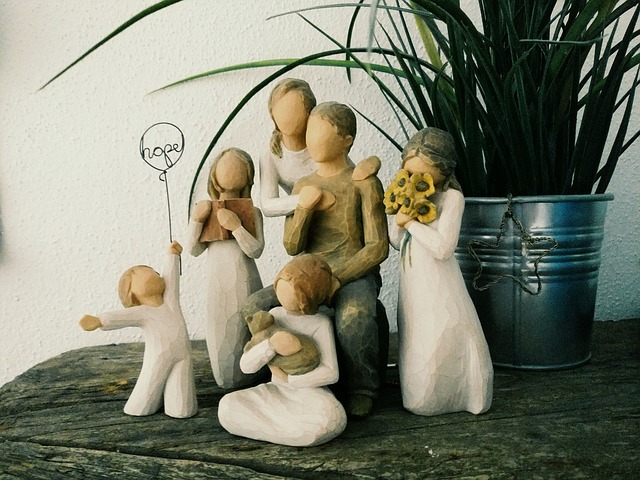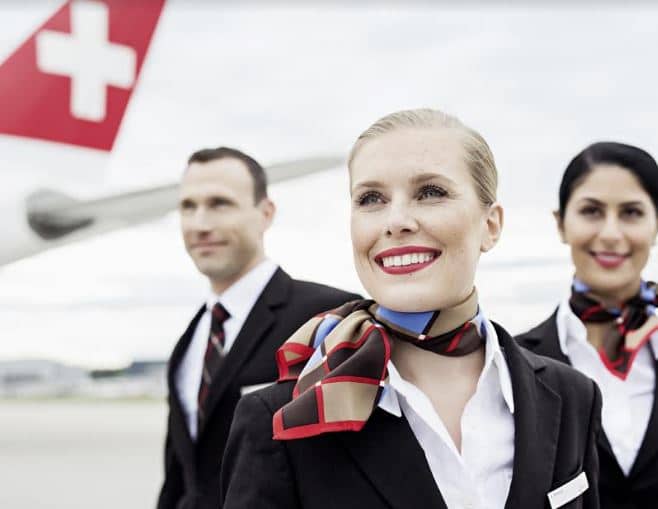Keeping Your Organisation Together During Crisis

Keeping Your Organisation Together During Crisis
(This article is Part I of a three-part series. It is based on a seminal paper entitled “Intertemporal Cooperative Choices in Business Families”, by Dominik v. Eynern & Doris Sommavilla.)
In any organisation model, whenever the organisation comes into crisis, every group member faces a conflict between the common interests as a whole and their individual self-interests.
What are the factors that promote a common-interest response and what factors encourage defection?
Cooperative choices are mainly driven by emotions. Because man is often identified as a “social animal”, these emotions are driven by either the sense of social reward or social punishment.
Emotions dominate human behaviour. They are neurological, motivational reactions that occur in response to an environmental stimulus posing either an opportunity or a threat.
Emotions coordinate various responses to solve specific problems – situations that had evoked a dissonant state.
In other words, the human species is driven to achieve a resonant (harmonious state). We all have an unconscious desire to solve the problem.
However, the emotional system motivates only 2 types of behaviour; approach (positive) or avoid (negative). Our decision making is based more on emotions rather than rational thought, which is reflected in the “Regret Theory”. Regret is a negative emotion with a powerful socio-emotional response, in the form of a reputational) component, that is central to the human psychology of risk aversion. (additional information on “Regret Theory”)
So, all humans adapt behaviours in order to achieve a resonant state.
The Emotional System
In conflictive situations (where there are contradictions related to personal information), stress occurs, shutting down the rational system. Decision making is then dominated by the emotional system. Behavioural decisions become increasingly driven by involuntary responses like ‘fight’ or ‘flight’ – and these emotional states are highly contagious! It takes only one significant group member to create emotional chaos and disrupt the entire group.
So – your organisation has hit a crisis; your family business is on the verge of collapsing.
“Risk” triggers emotions with a negative tone.
What do you stand to lose? There is the obvious loss of material wealth (existential threat), but there is more to lose within the social context, where your business operates (social threat).
Social comparisons and the perceived moral judgement of others often threatens the emotional wellbeing of the organisation even more that the material loss, and – studies have shown* – negative outcomes weigh twice as heavily in the conscious of an individual than positive outcomes. In other words, we hate losing twice as much as we love winning!
Pessimism and optimism are emotions driven by the narratives we believe.
The term, “narrative” is quite popular today among conservative or liberal political groups. One can follow the “Trump” narrative, the “Bernie” narrative, ecc., but what does the term actually mean? Are we trapped within a narrative?
Do we control the narrative, or does it control us?
*“Thinking Fast and Slow”, Daniel Kahnema, Penguin.










